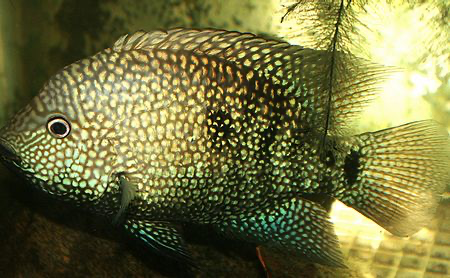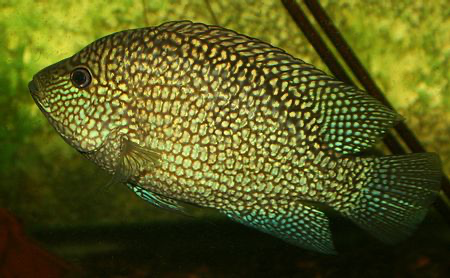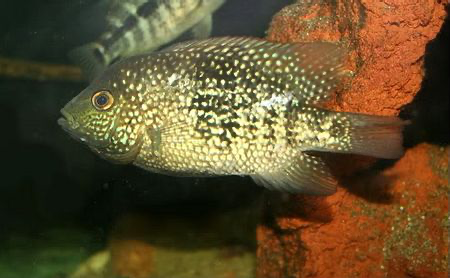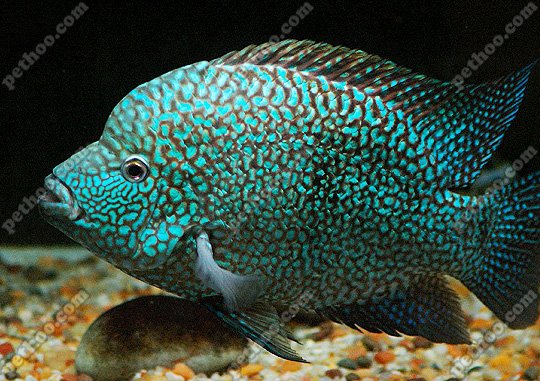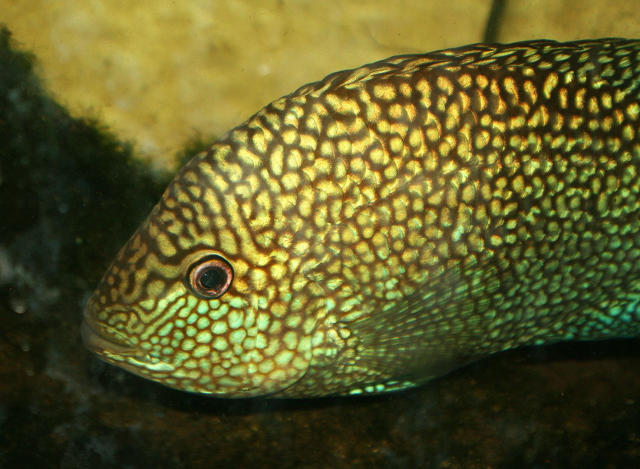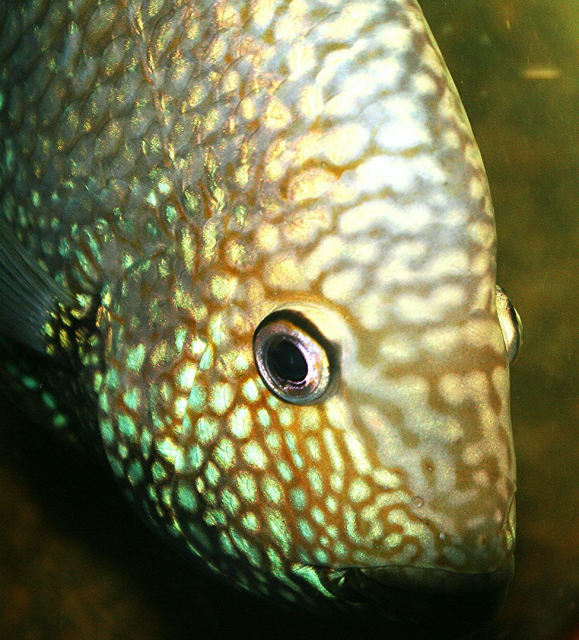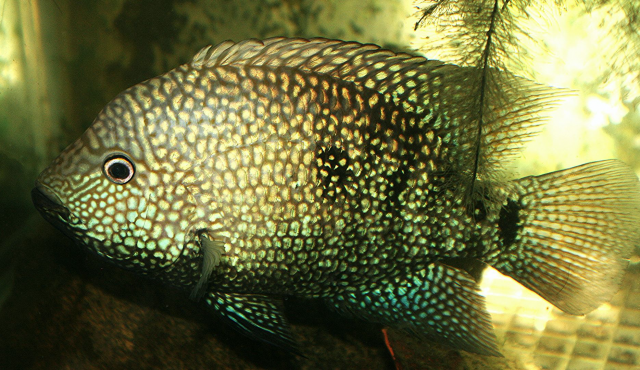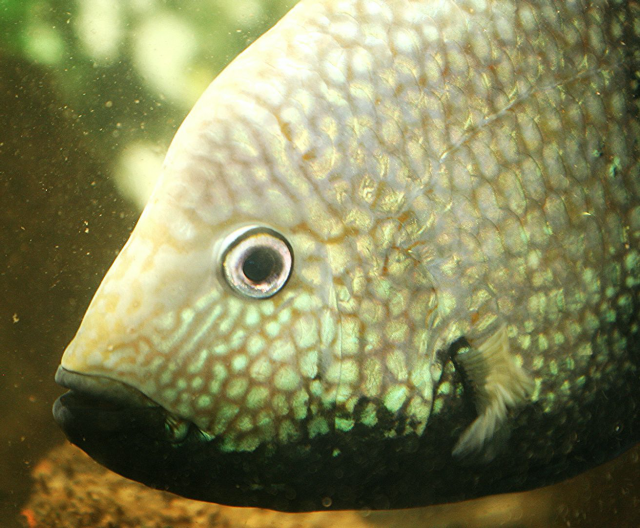Hi guys, I just picked this little guy up and am pretty sure that he's a green Texas, but after hearing about all the different collection points, I'm not sure what type. I remember back in the day all you could find was the real Texas cichlids, no greens.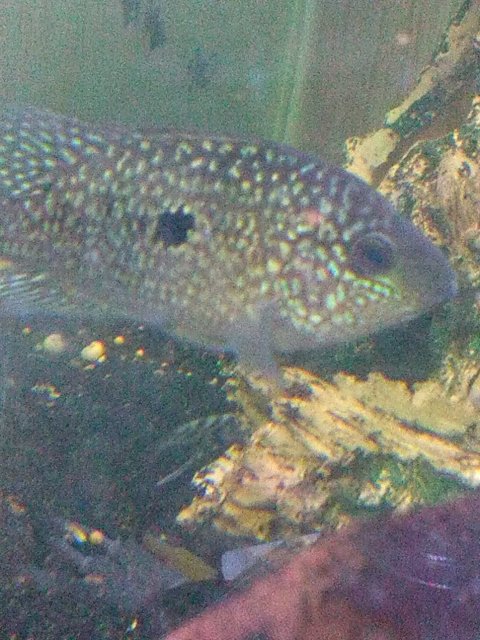
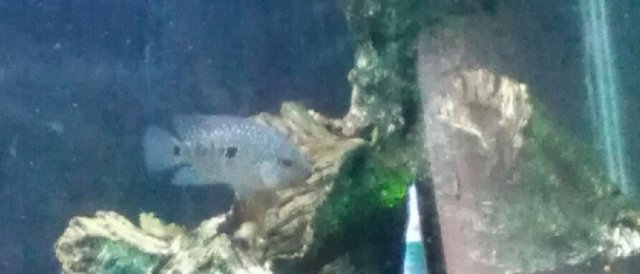 He has a little red in the background, you can't really see it in the picture. Excuse the pictures but someone stole my other phone. Also I remember reading that H. Carpinte are sometimes found in saltwater, has anyone ever tried this. The book was Cichlids of Central America. Thanks for the help.
He has a little red in the background, you can't really see it in the picture. Excuse the pictures but someone stole my other phone. Also I remember reading that H. Carpinte are sometimes found in saltwater, has anyone ever tried this. The book was Cichlids of Central America. Thanks for the help.

 He has a little red in the background, you can't really see it in the picture. Excuse the pictures but someone stole my other phone. Also I remember reading that H. Carpinte are sometimes found in saltwater, has anyone ever tried this. The book was Cichlids of Central America. Thanks for the help.
He has a little red in the background, you can't really see it in the picture. Excuse the pictures but someone stole my other phone. Also I remember reading that H. Carpinte are sometimes found in saltwater, has anyone ever tried this. The book was Cichlids of Central America. Thanks for the help.




